THE COSMIC HOUSE
A Built Manifesto for Post-Modernism
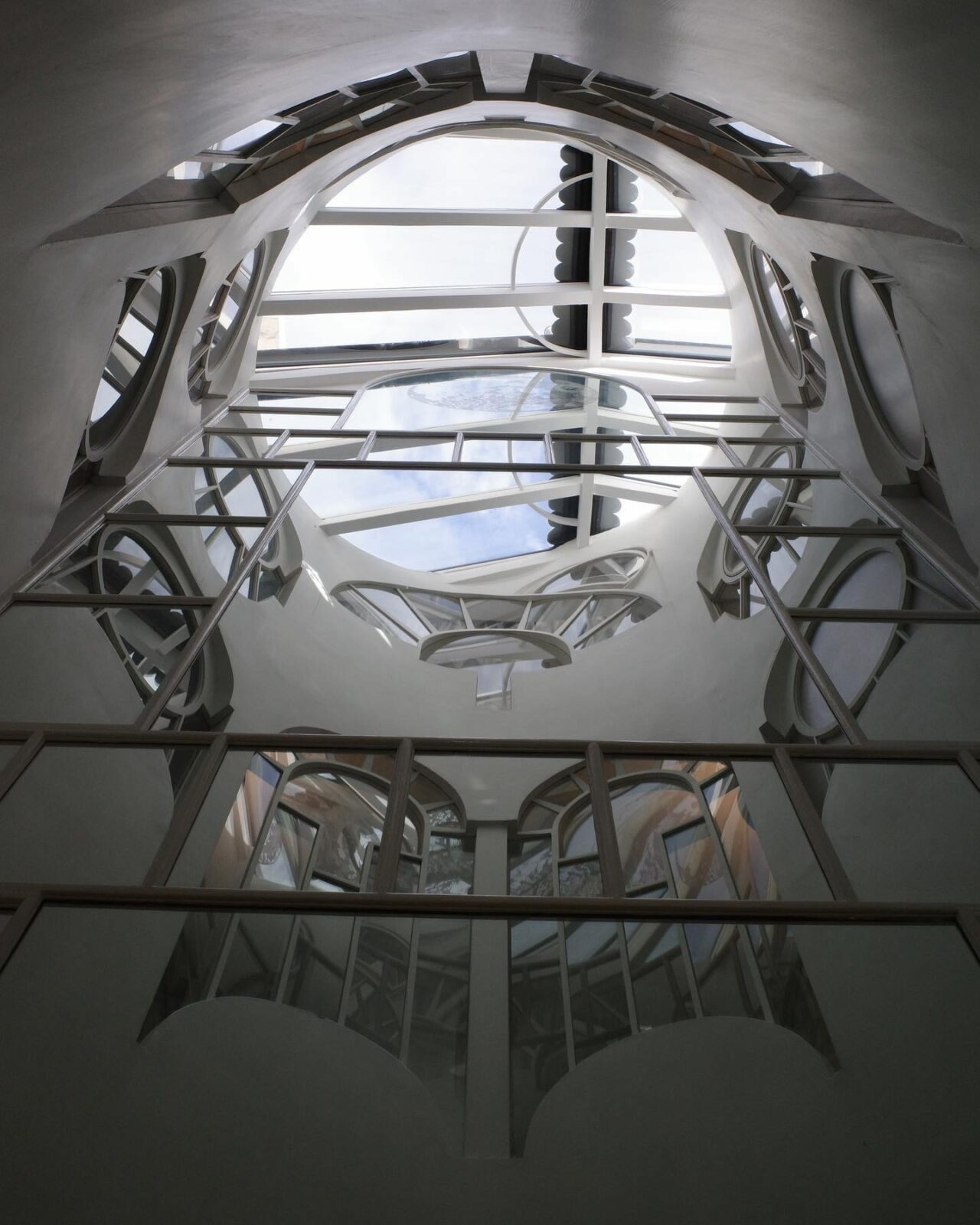
One of the world’s most important examples of Post-Modern architecture, by Maggie and Charles Jencks – the architect and critic who helped bring postmodernism into existence – The Cosmic House is truly a wonder to visit.
Begun in 1978, The Cosmic House became the UK’s first Grade I listed Post-Modern house, a conversion which was a collaboration between Charles and Maggie Jencks, and the architect Terry Farrell, which drew together numerous architects, thinkers and collaborators.
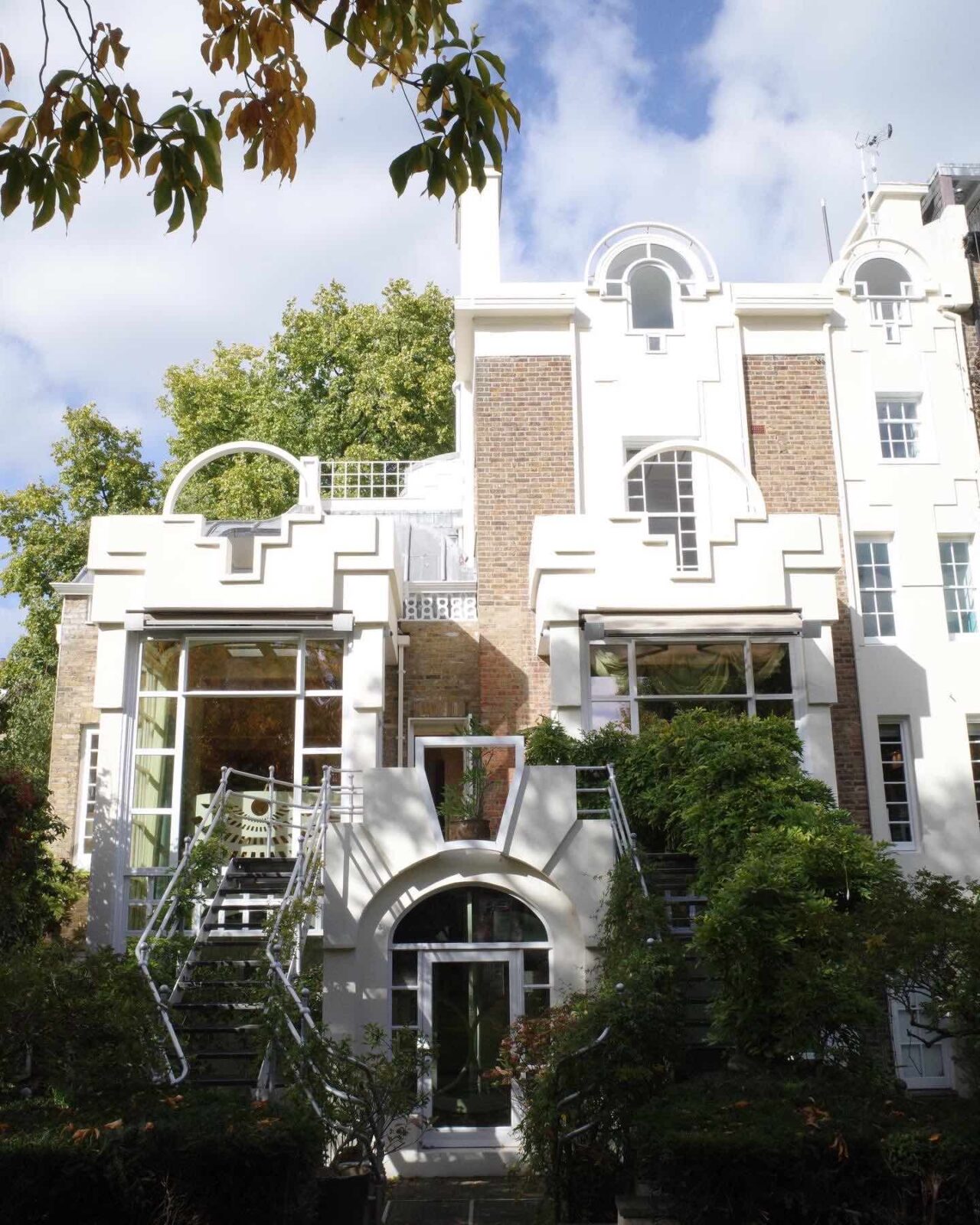
It is a built manifesto for Post-Modernism, highlighting Jencks’ strong interest in cosmology found in particular elements throughout the house.
Passionate about adding meaning to conceived projects, the house is a vessel for the complex ideas behind Post-Modernism. Jencks’ writings and books on architecture of the late twentieth century still remain extremely pivotal – let alone influential – to this day.
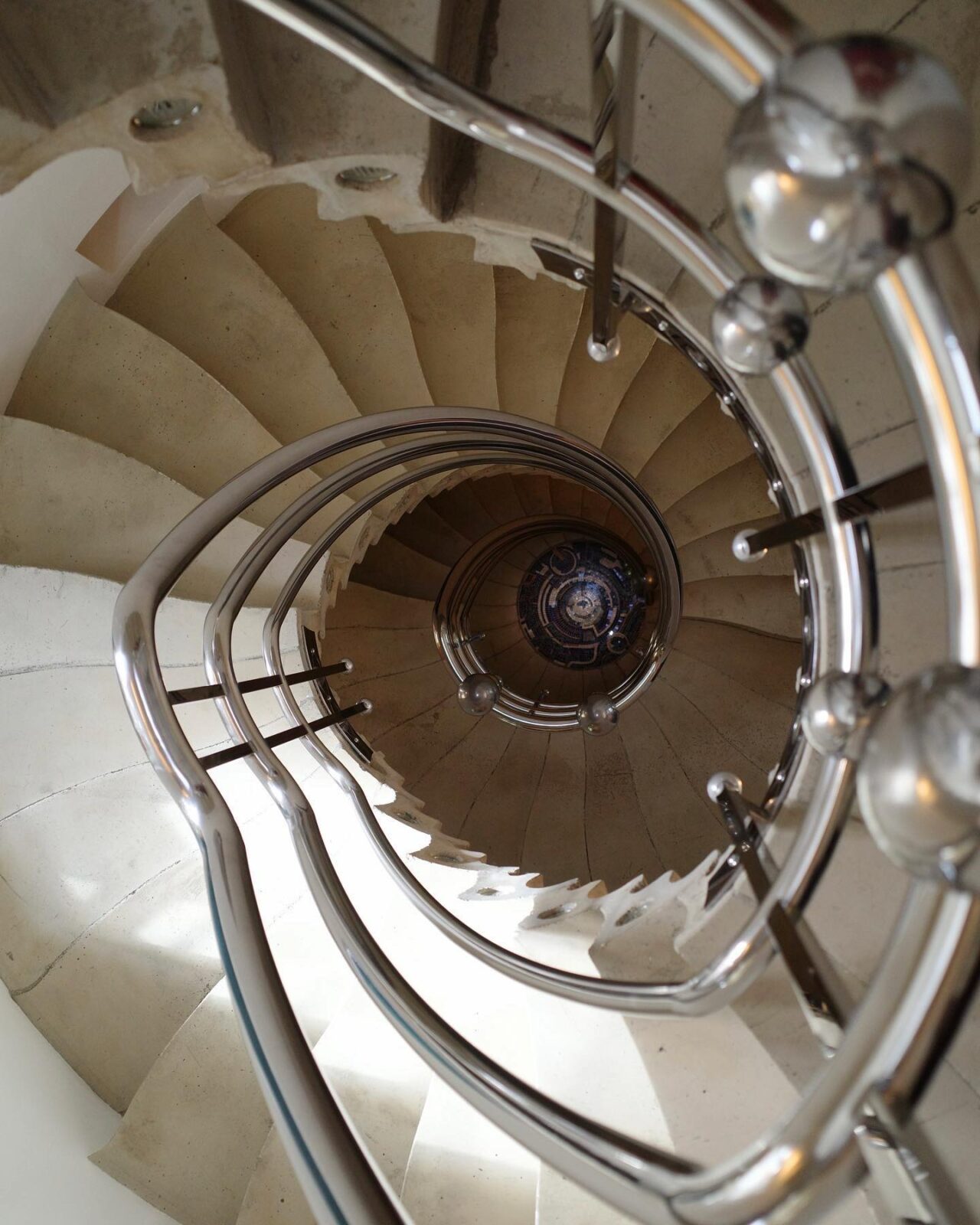
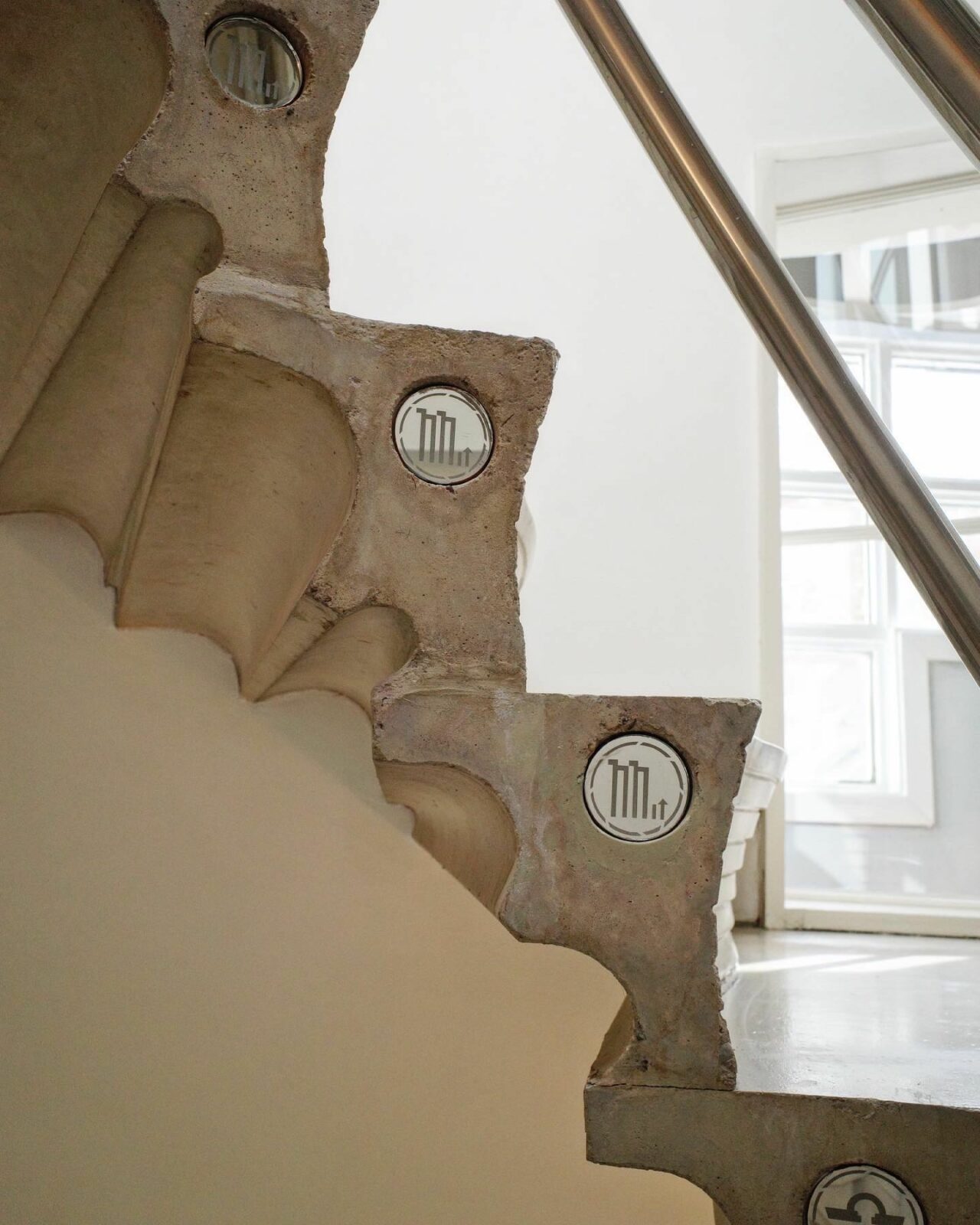
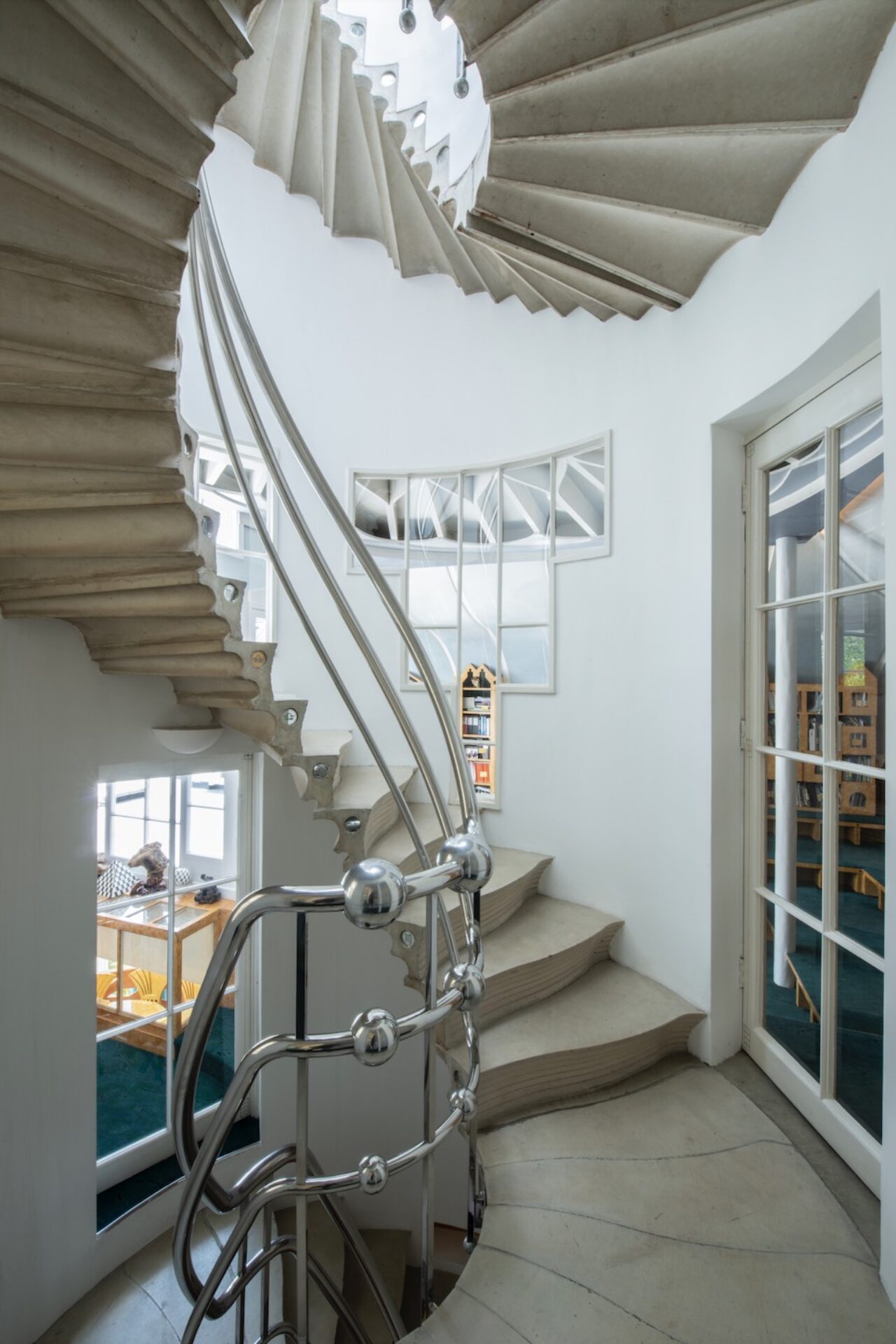
The house is filled with Charles Jencks’ humour and wit, with his interest and exploration of symbolic architecture, complex iconography and cosmic references.
Jencks was committed to finding a language that harmoniously connected classical and ancient, in addition to Western and Eastern ideas about architecture, together.
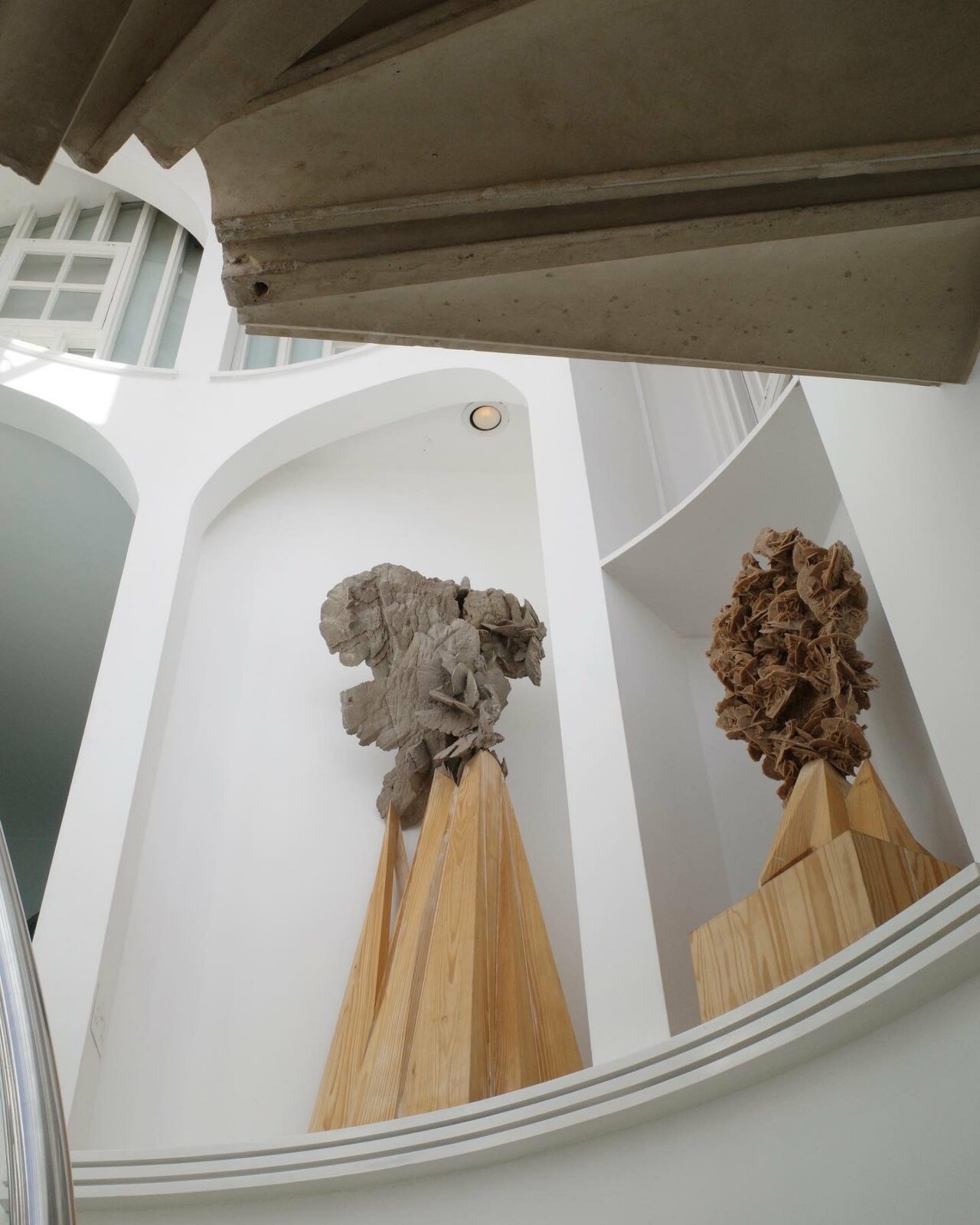
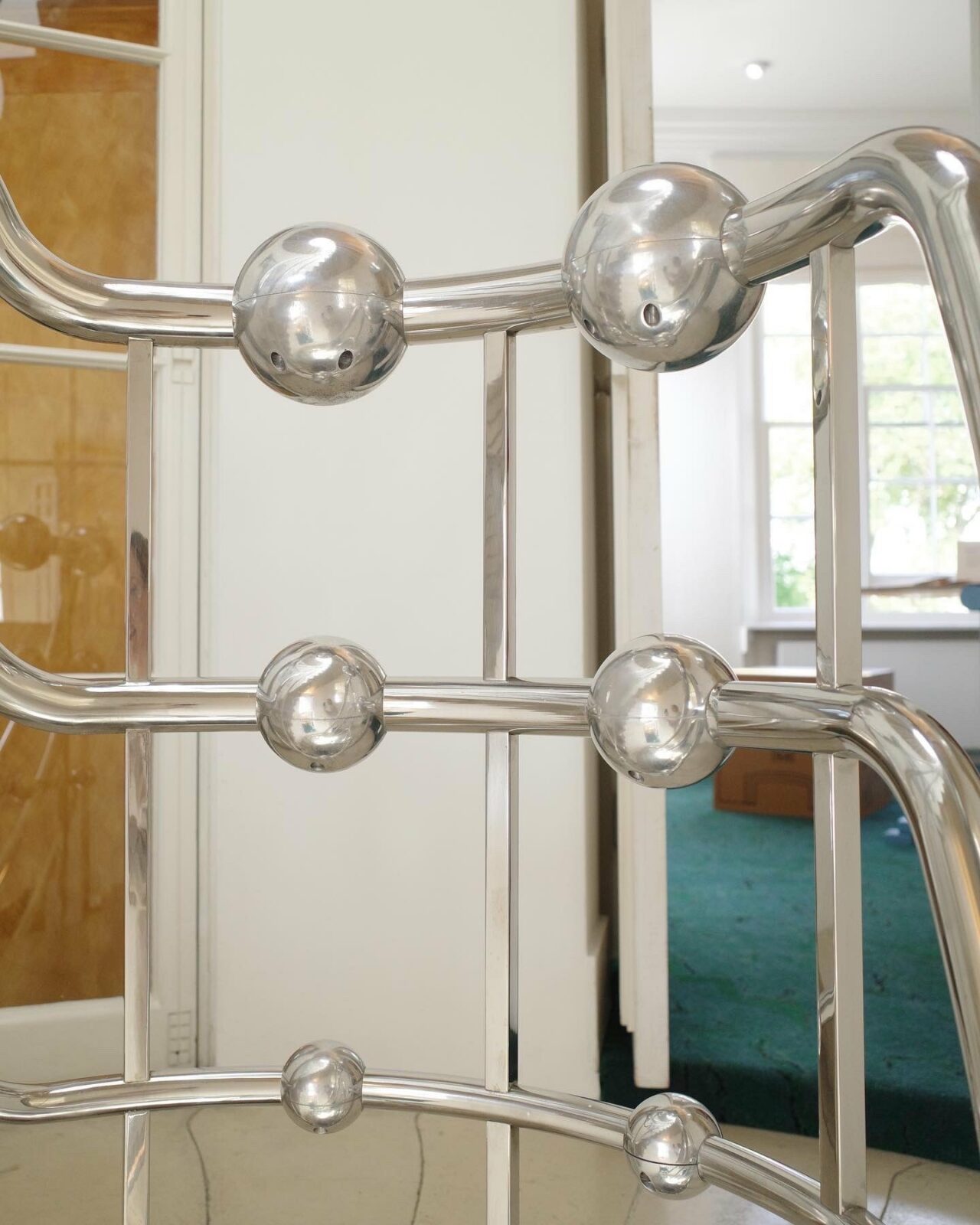
A semiotic system of cosmology guides visitors around the house and its gardens, reflecting important concepts of science and nature highlighted through cultures past (such as the creation of the universe, the rotation of the Earth around the sun..).
“Art, ornament and symbolism” Jencks wrote in The Language of Post-Modern Architecture “have been essential to architecture because they heighten its meaning, make it clearer and give it greater resonance. All cultures, except the Modern one, ave valued these essential truths and have taken them for granted.”
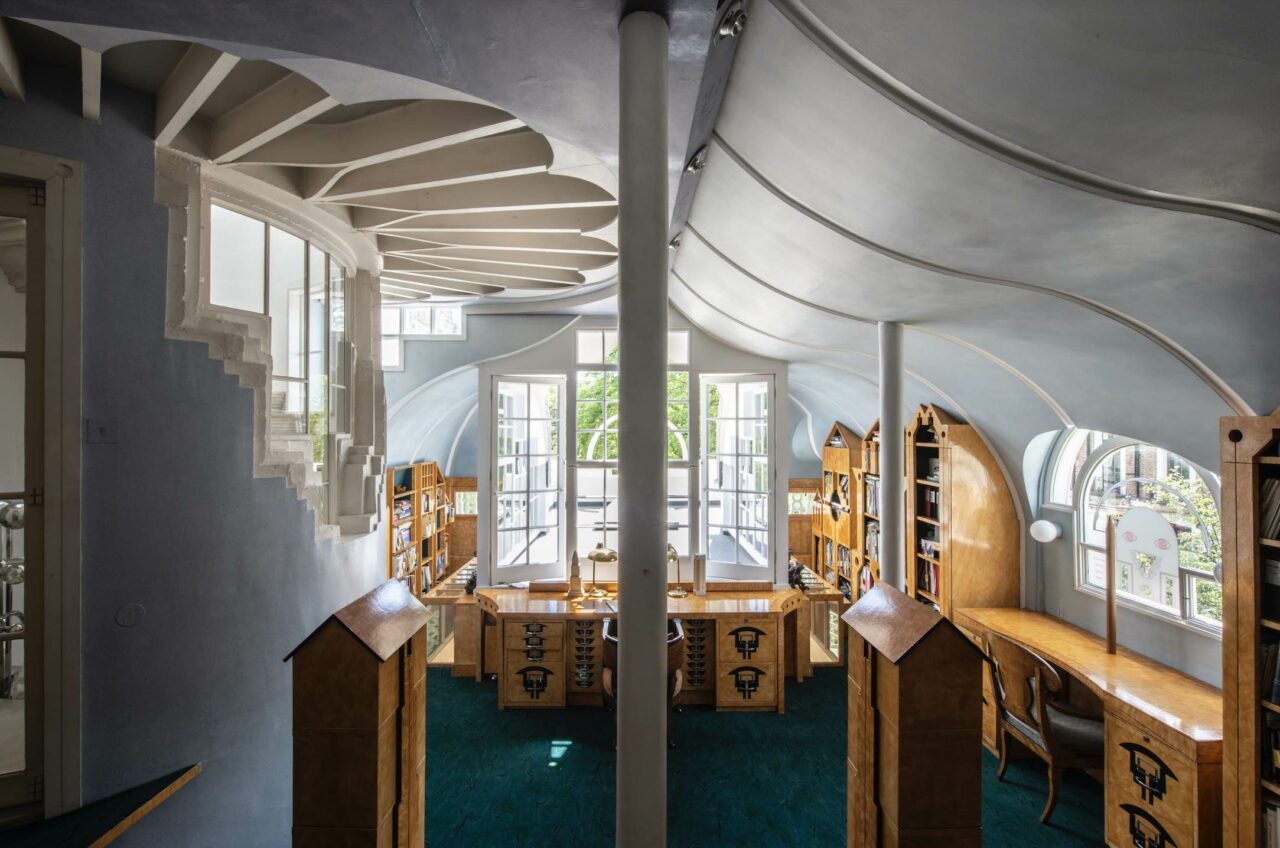
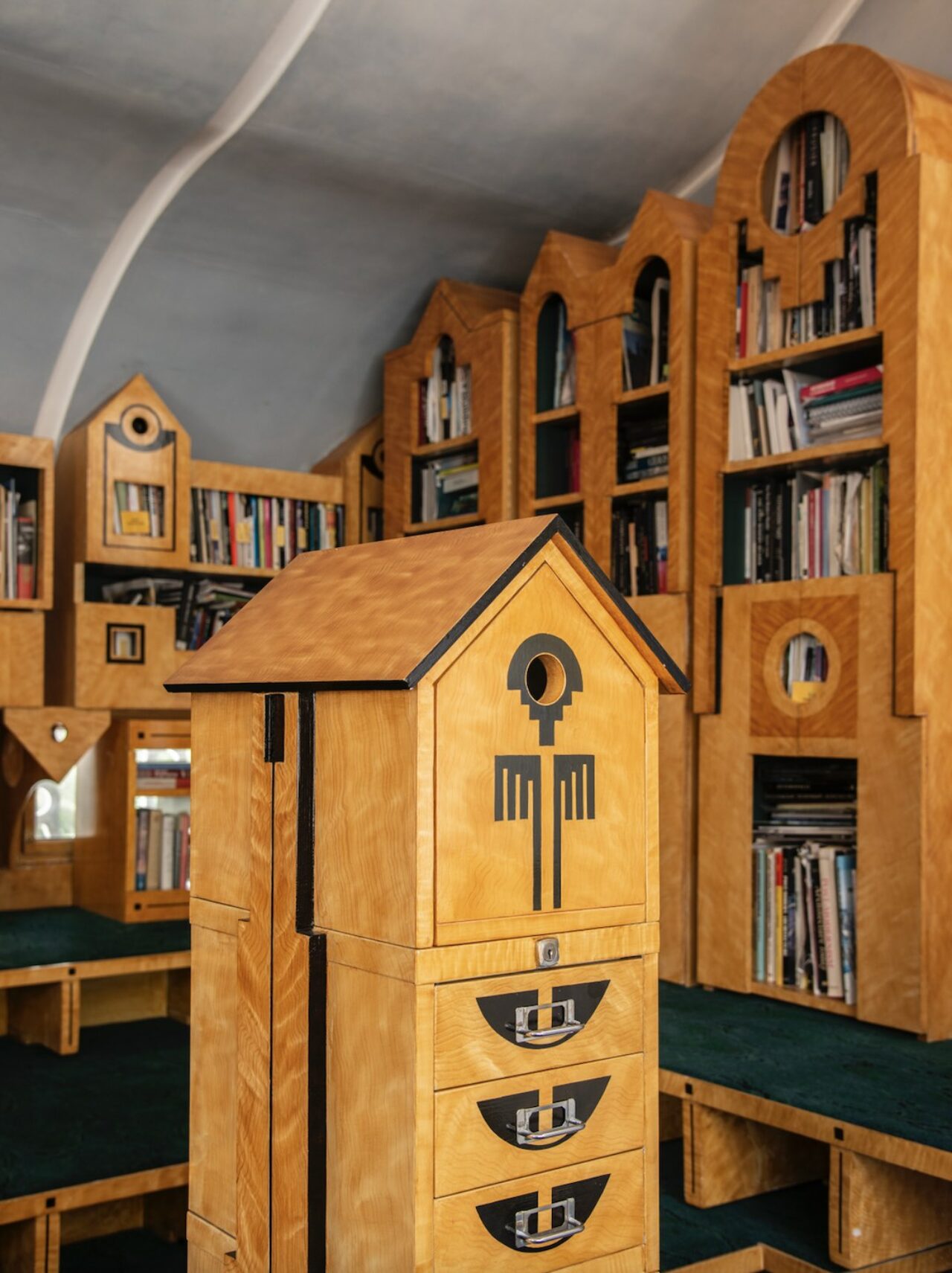
Restored to exactly how the late Maggie and Charles Jencks designed the house, the Cosmic House opened in late 2021 for visitors.
Opened by The Jencks Foundation, run by the Jencks’ daughter Lily, the mission of the foundation is to continue Jencks’ pivotal work, and “promote critical experimentation in historical and artistic research”, also organising exhibitions in the house to activate critical thought and conversations surrounding all themes and concepts explored in the house.
A living archive, the house contains all of Jencks’ works as a historian, critic, land artist and co-founder of Maggies Cancer Caring Centres (the pivotal caring centres across the UK to support those affect by cancer. Named after Jencks’ wife Maggie who passed away from cancer in 1995, the centres were opened across the country designed by influential architects such as Richard Rogers, Zaha Hadid and Frank Gehry. Maggie was a strong believer in the ability of buildings to uplift people, and these centres are a dedication to her.)
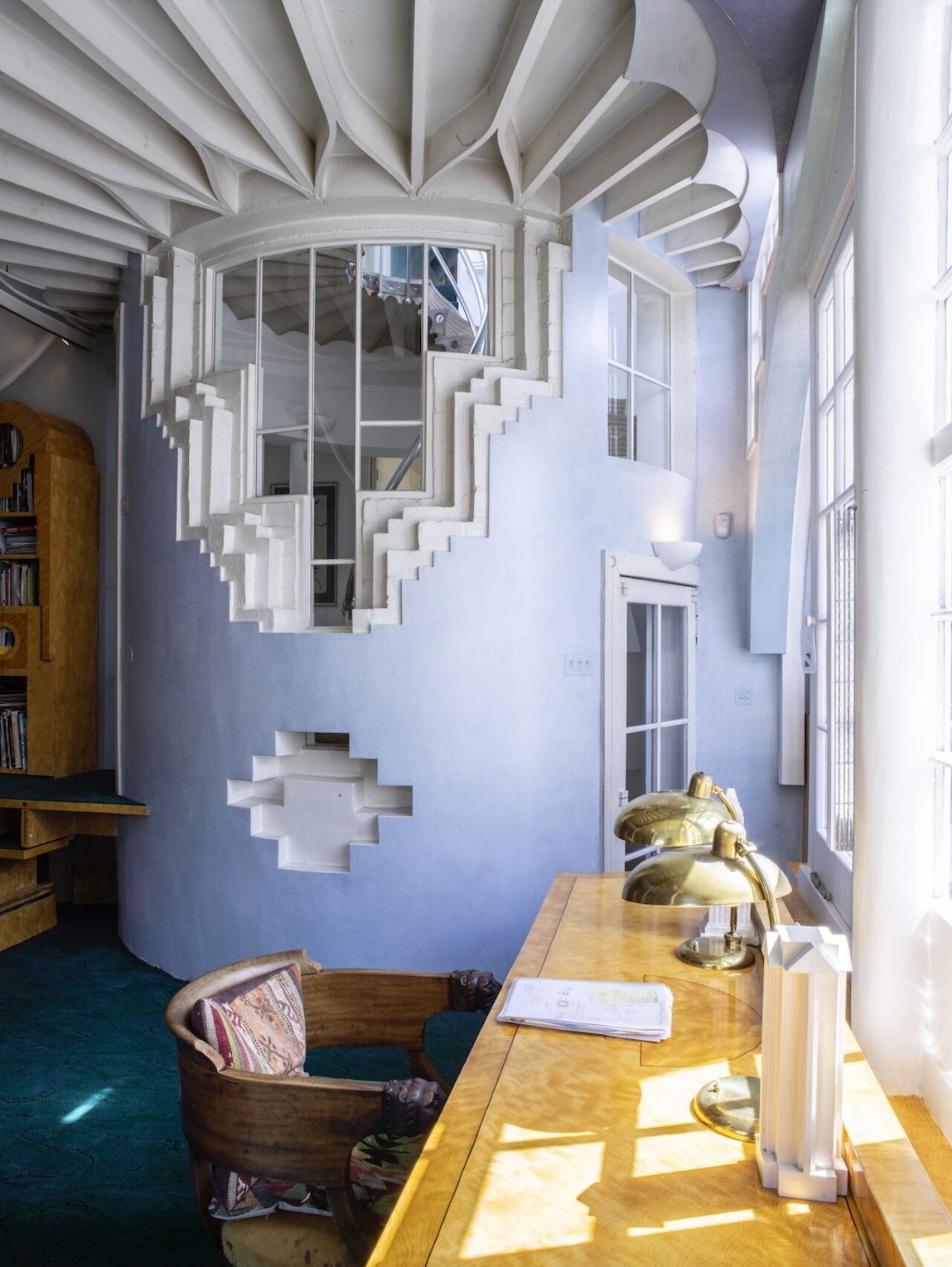
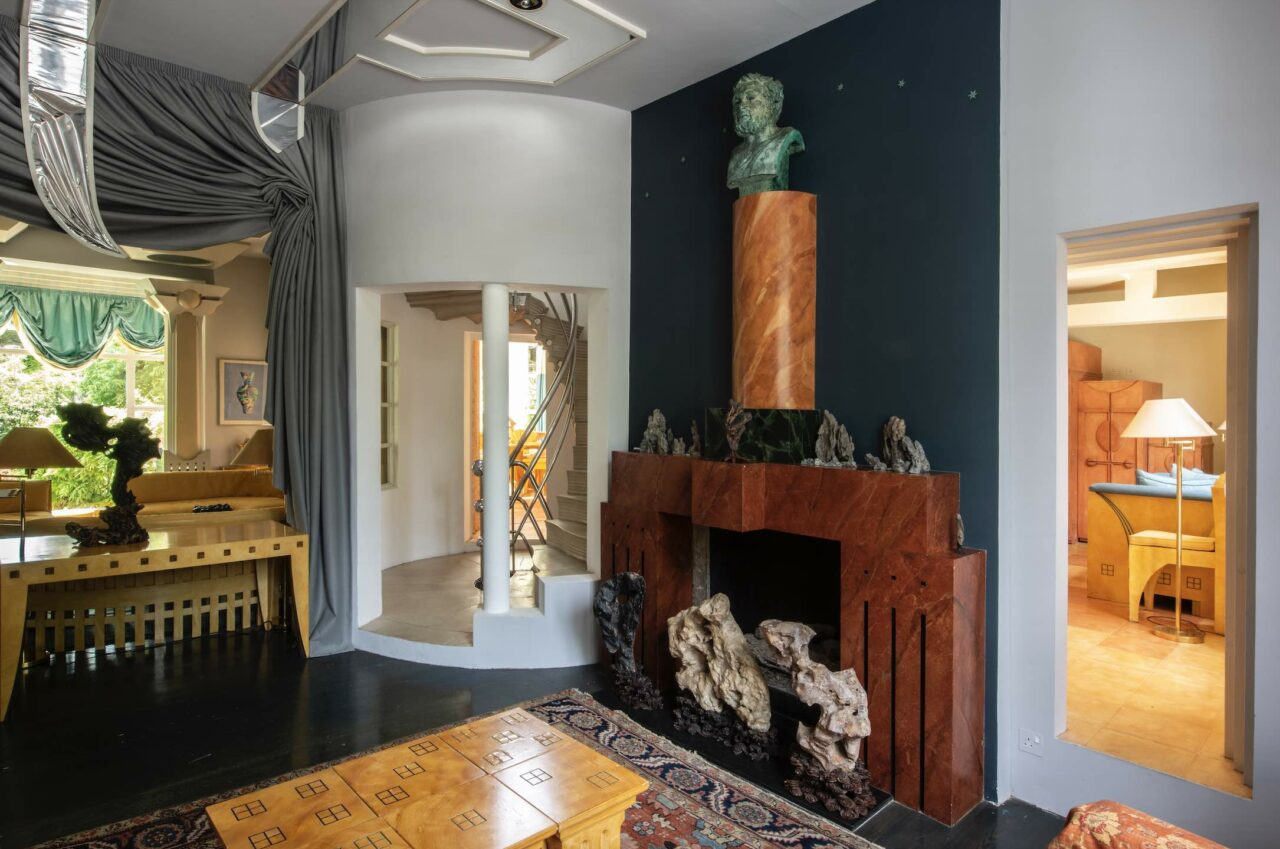
The latest exhibition in The Cosmic House brings to life the late Maggie Keswick Jencks’ voice through site specific installations by artist-in-residence Marysia Lewandowska.
Titled ‘How To Pass Through a Door’, it is a brilliant activation highlighting Maggie’s views on the house as she was often in the background, yet pivotal and instrumental none the less. Using Maggie’s voice recordings, this vocal instrument transforms the newly-opened house into a museum.
A remarkable immersive experience where visitors can continue to explore, learn and open their perspectives even further.
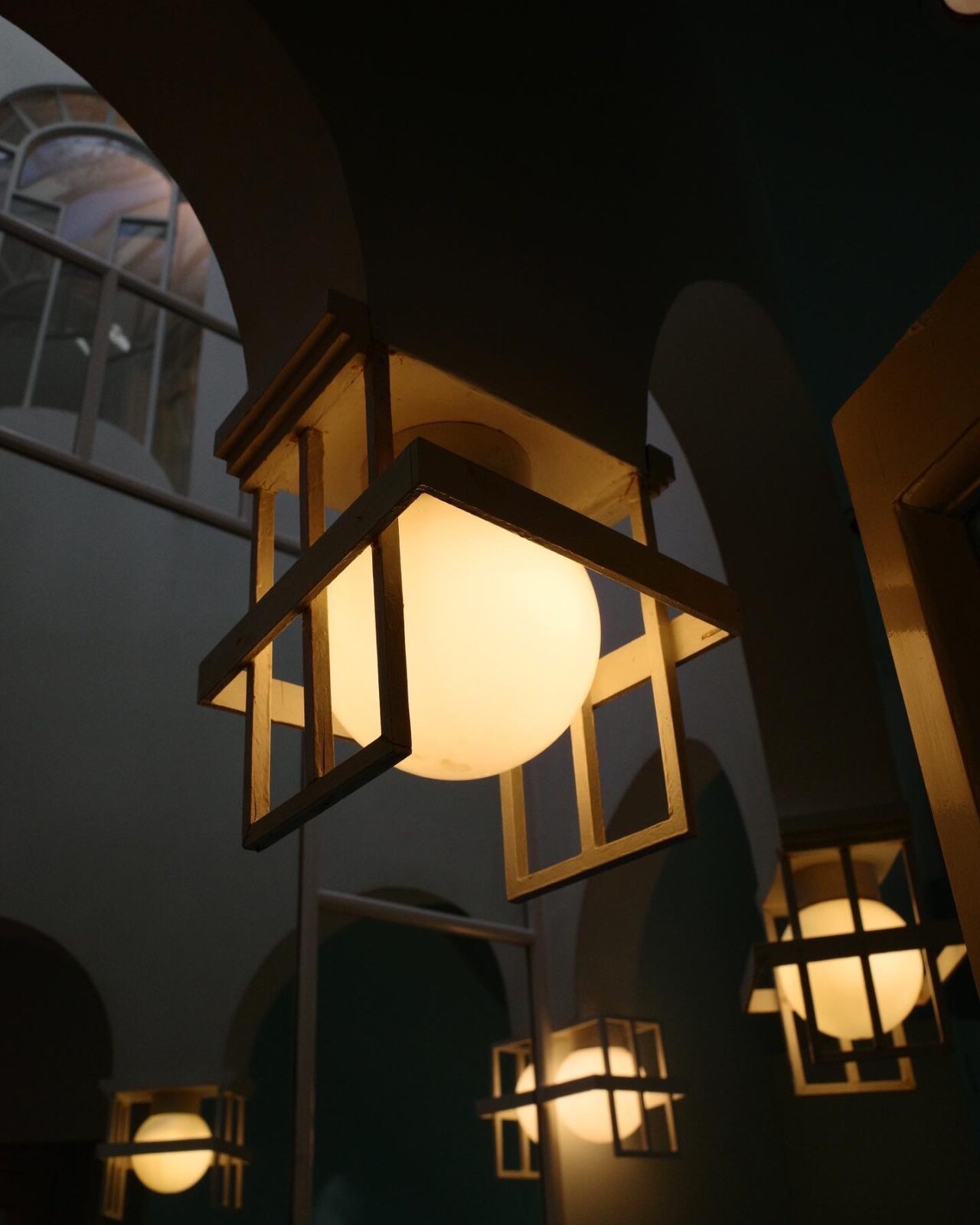
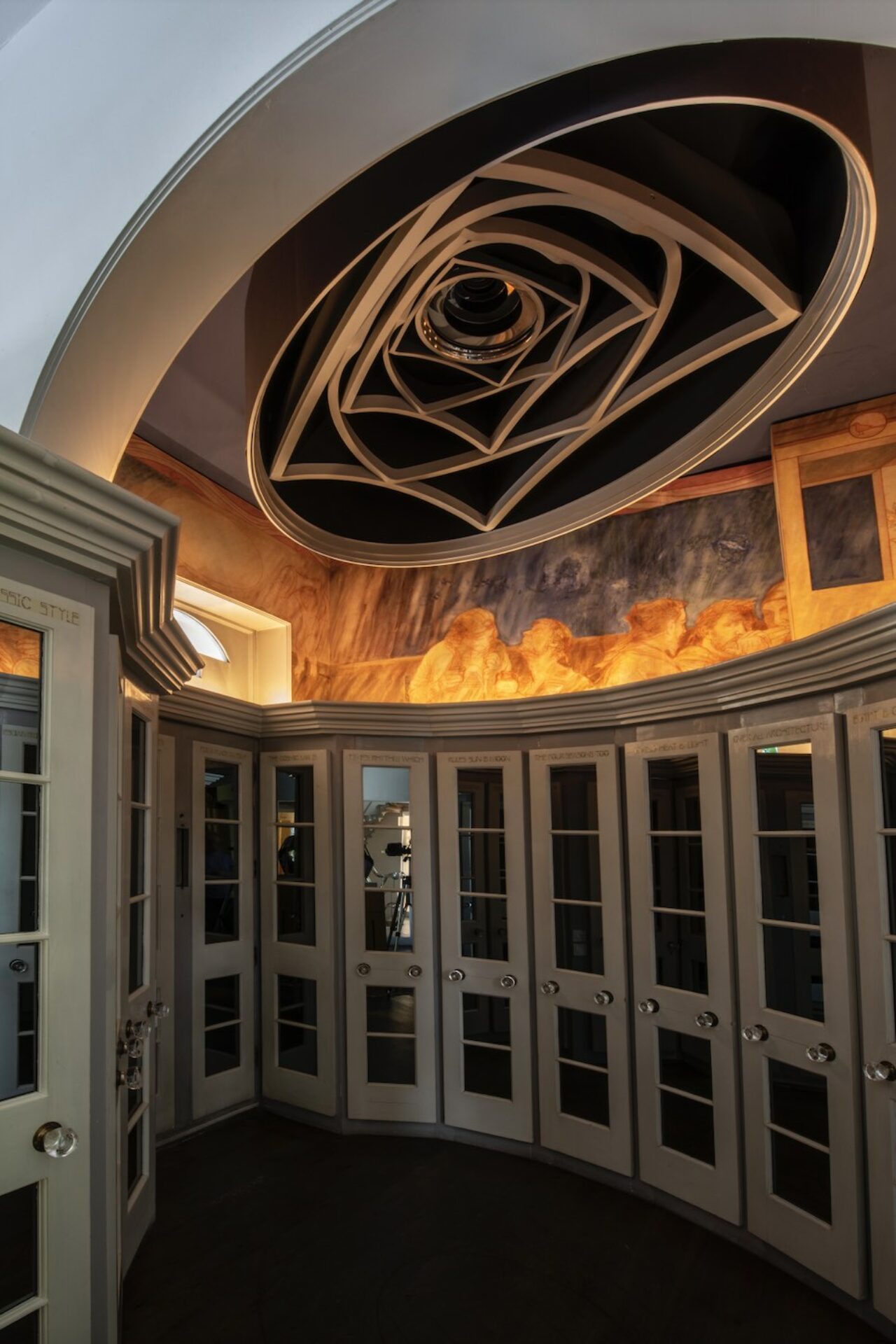
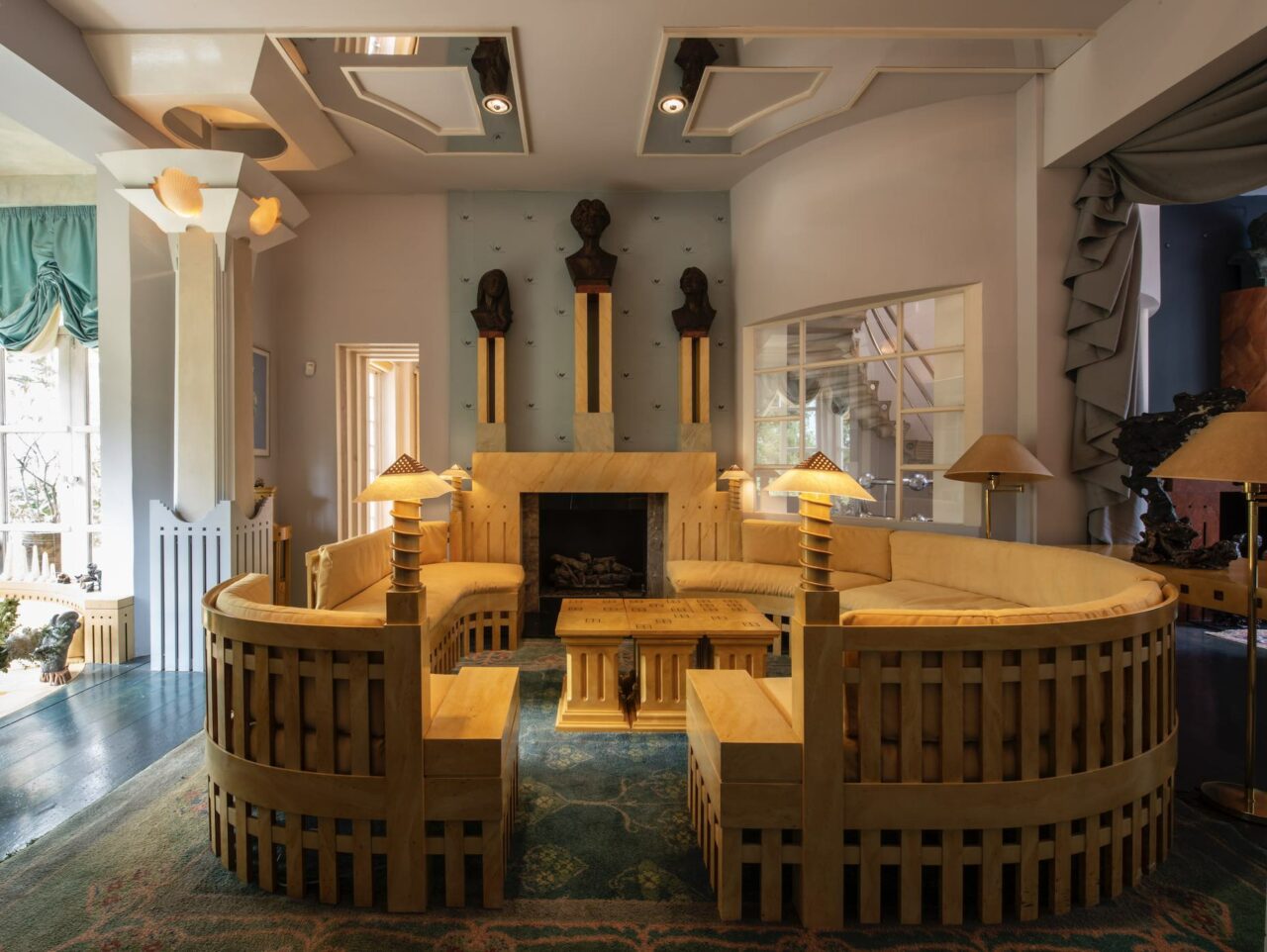
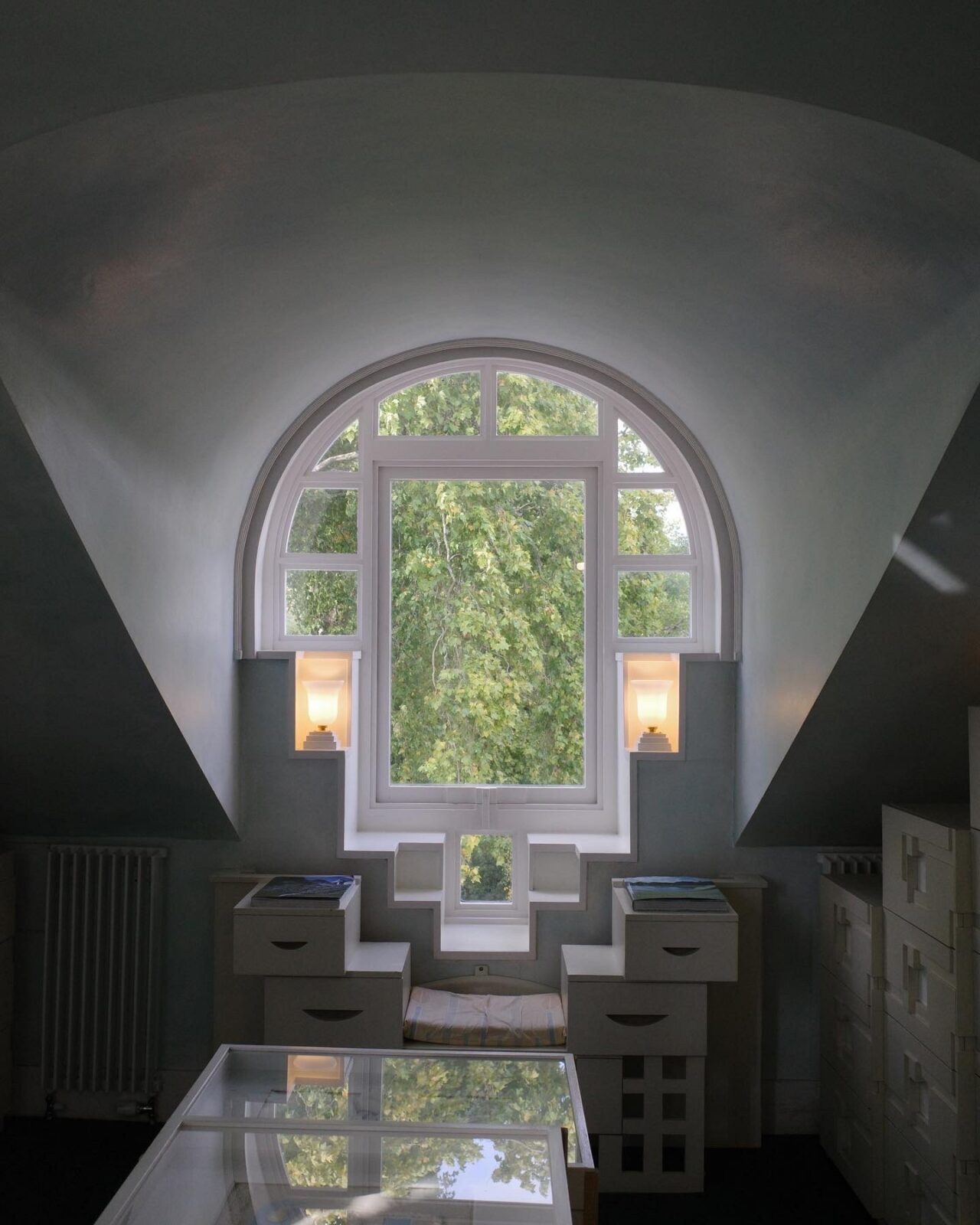

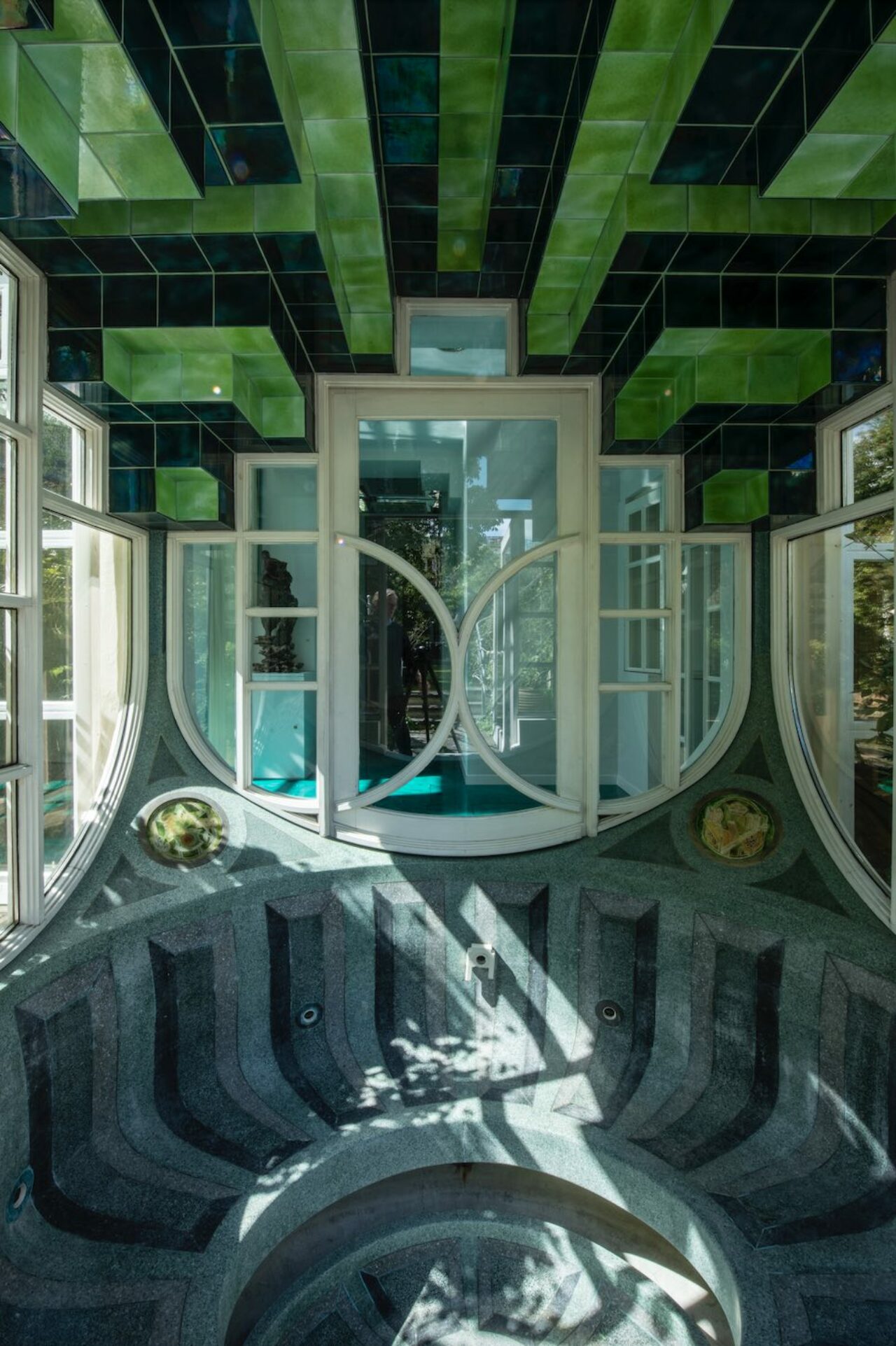
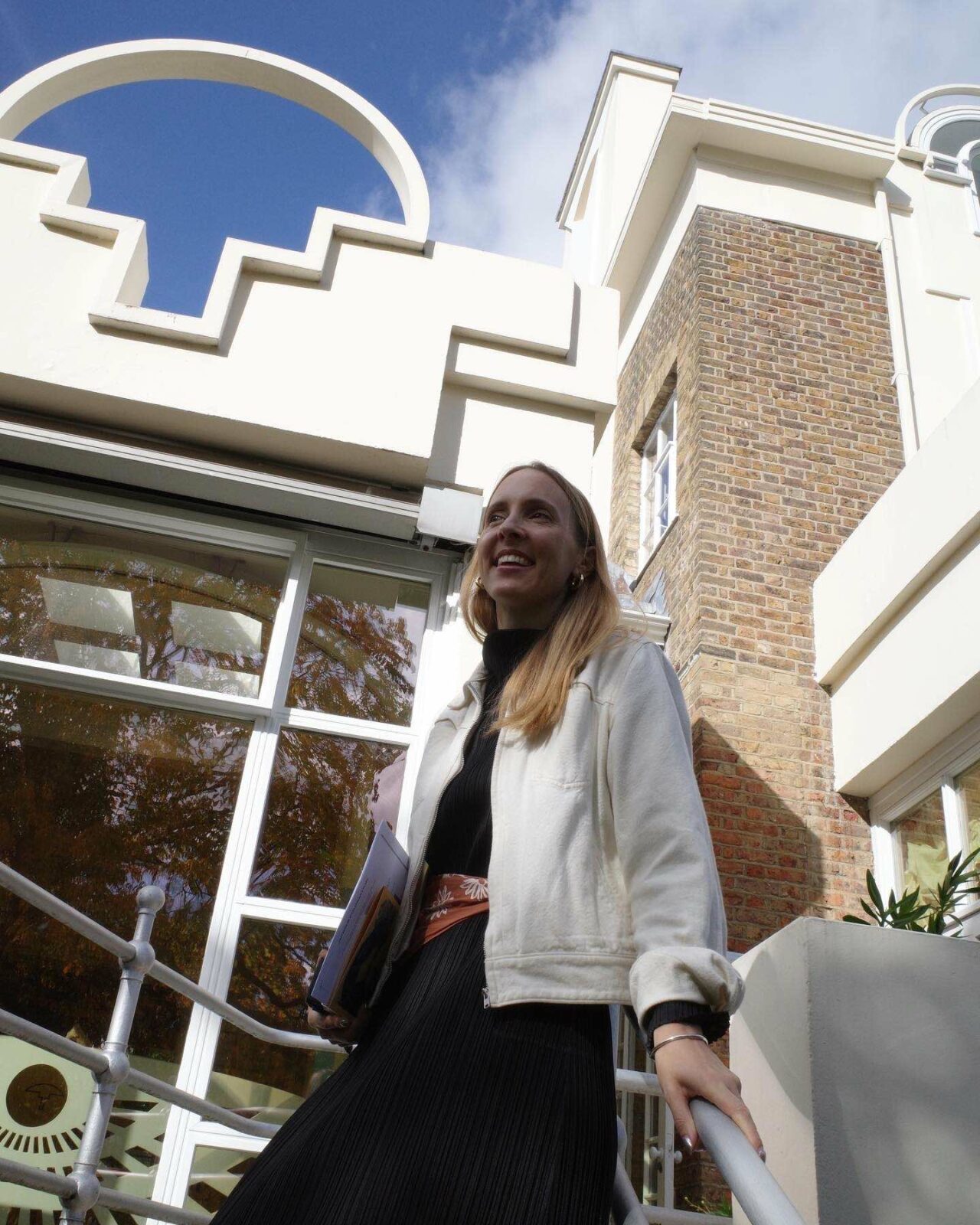
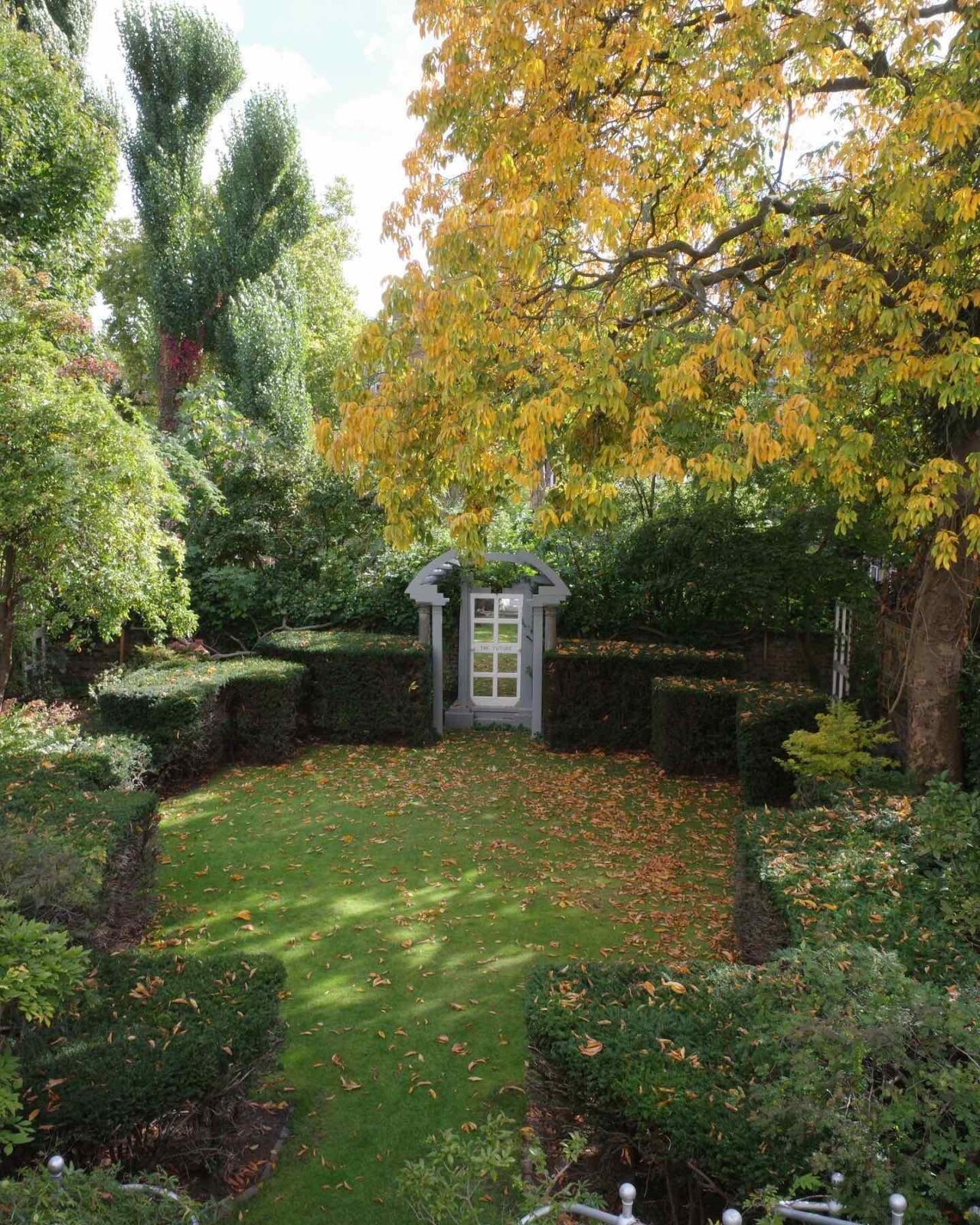
“What is the purpose of the Garden? To refresh the heart. How? Through sense and imagination; engage emotions and mind” – Marisa Lewandowska, Voicing The Archive
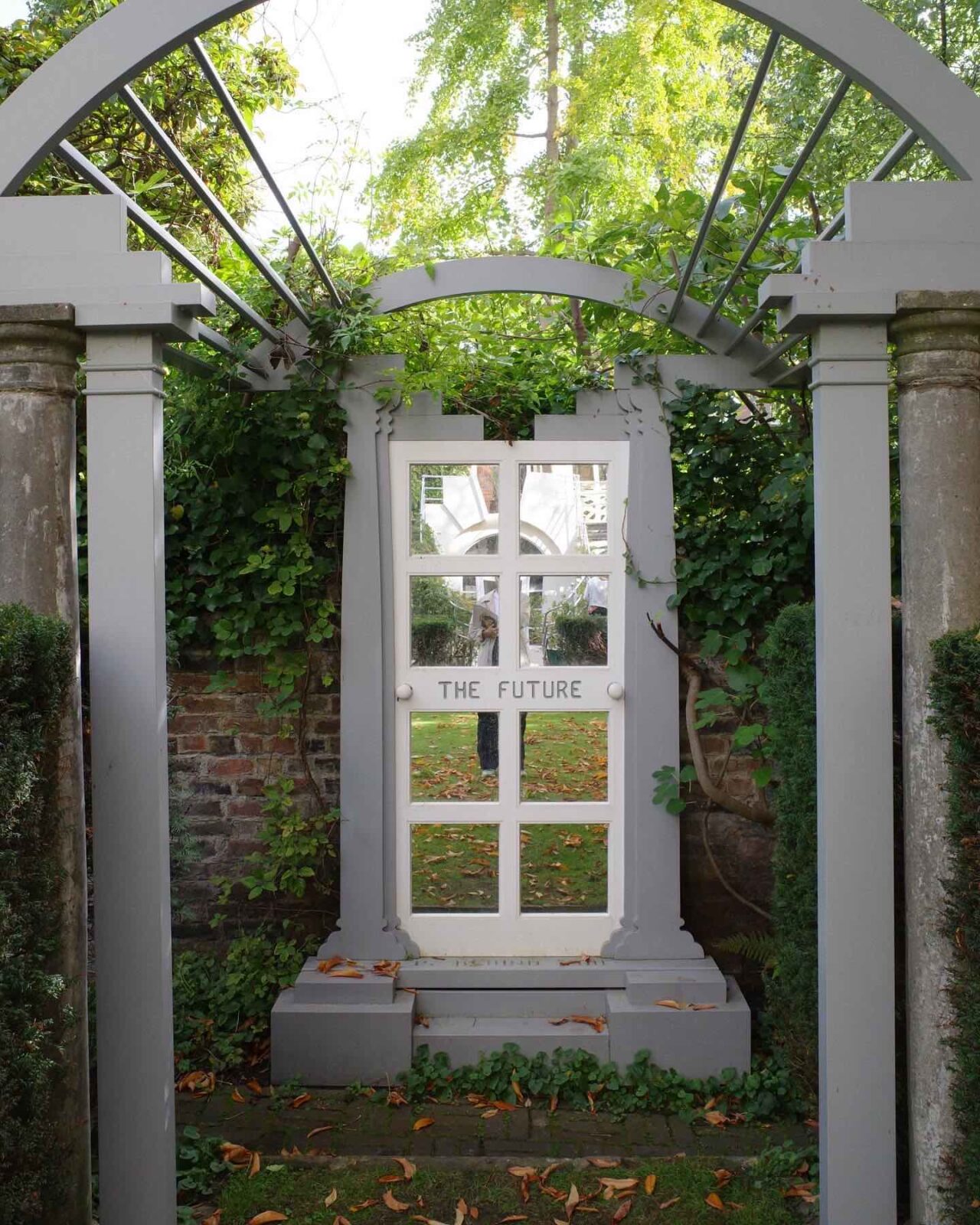
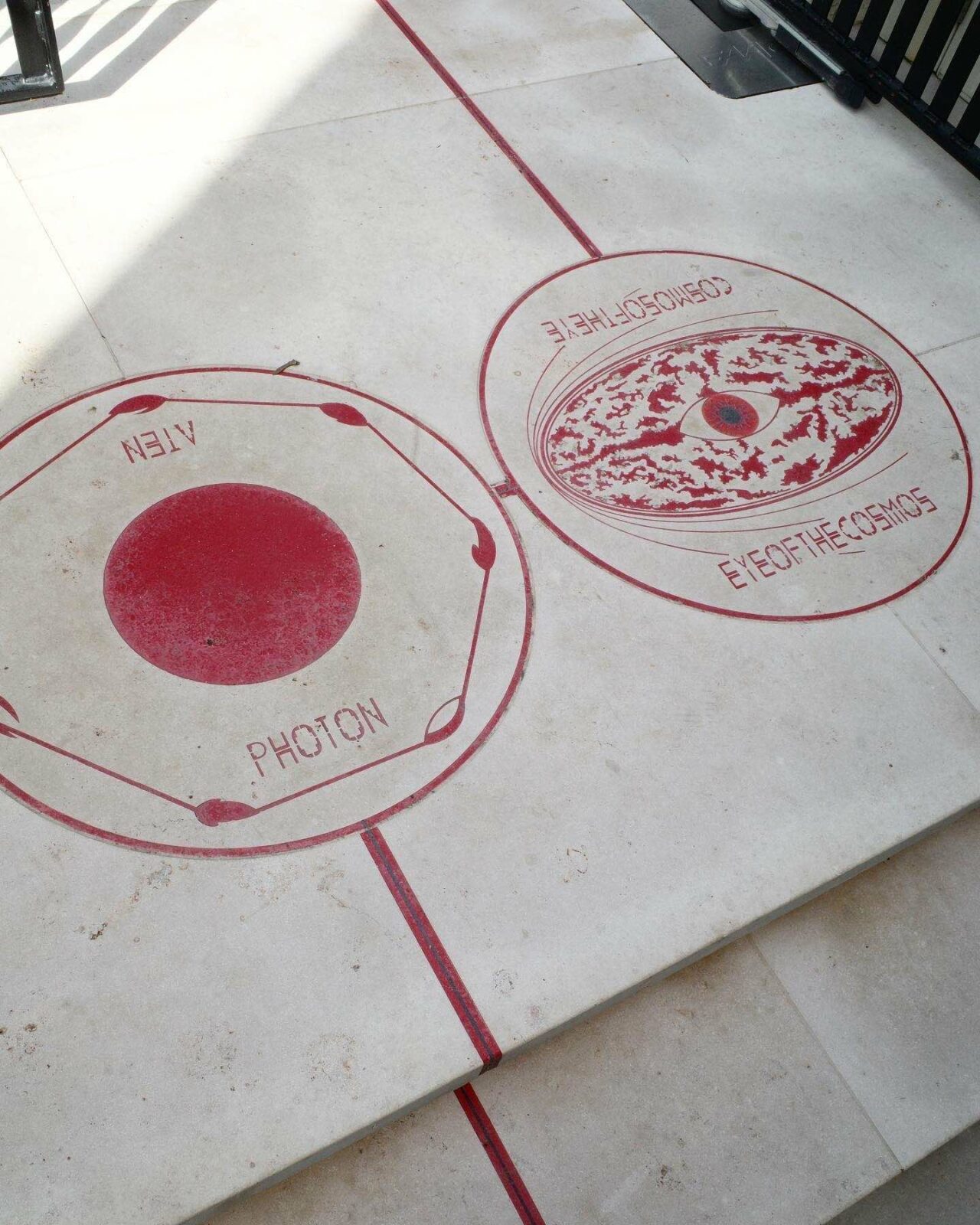
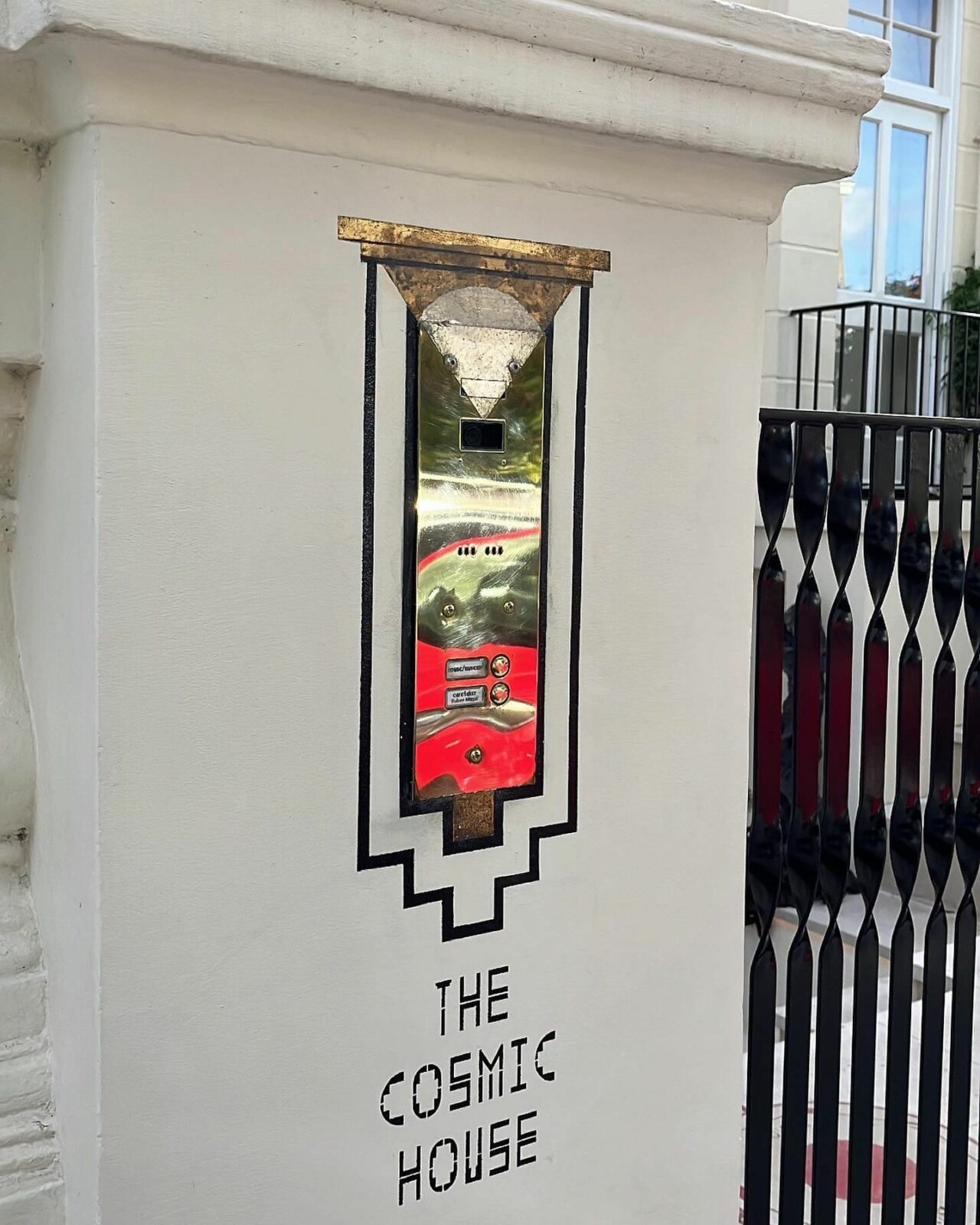
The Cosmic House
19 Lansdowne Walk
London W11 3AH
For more design and travel destinations in London and the UK, click here.
Text: Monique Kawecki
Images: As credited, and Champ Magazine ©

































